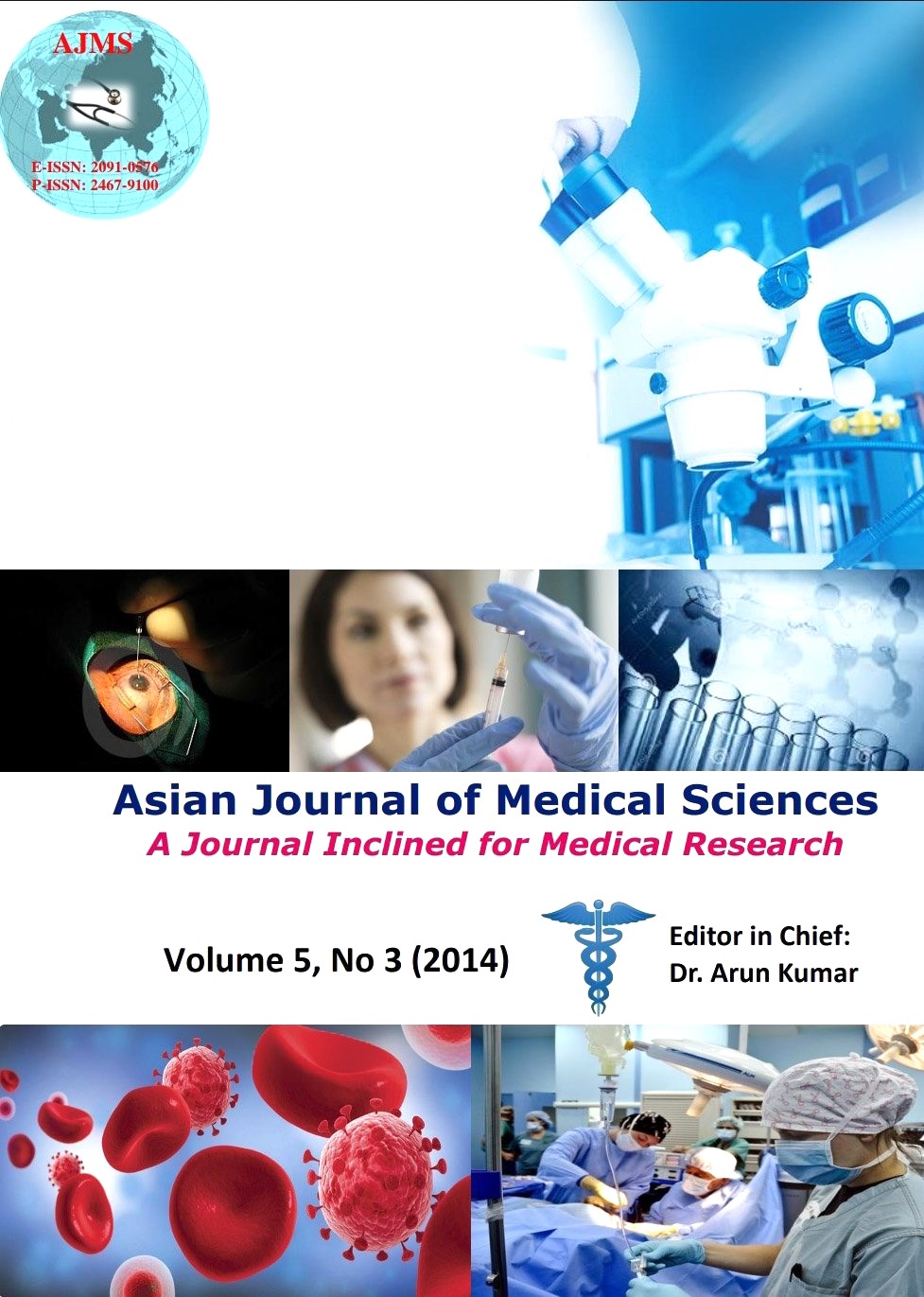Scrub typhus, a reemerging zoonosis – An Indian case series
Keywords:
Rickettsial disease, Scrub typhus, Eschar, Orientia tsutsugamushiAbstract
Background: Rickettsial diseases are reemerging in many parts of our country. Scrub typhus is a rickettsial disease caused by Orientia tsutsugamushi. It is difficult to diagnose Scrub typhus because of nonspecific clinical presentation and lack of availability of specific tests (ELISA) in all centres.
Aim: Our aim was to study the clinical features, lab parameters and outcome of patients diagnosed with Scrub typhus.
Materials and Methods: A retrospective hospital based study was done in Mangalore (Karnataka) to identify cases of scrub typhus. Patients who had an acute febrile illness and IgM antibodies against O. tsutsugamushi were included in our study.
Results: 10 cases of Scrub typhus were identified. Among them 7(70%) patients were females and 3(30%) were males. Major symptoms on admission were fever10(100%), dyspnea or cough-2(20%), rashes1(10%), altered sensorium1(10%). The major signs were fever10(100%), eschar 2(20%), and signs of meningial irritation in 1(10%). Lab parameters showed leukocytosis in 4(40%), thrombocytopenia in 3(30%), raised liver enzymes in 3(30%) and renal failure in 3(30%). Chest X-ray showed consolidation in 2(20%) patients. There was no mortality in our study.
Conclusion: Scrub typhus can present with varying clinical manifestations and eschar can be absent in majority of cases as shown in our study. Therefore diagnosis should be based on a high index of suspicion and empirical treatment with doxycycline must be started whenever there is a strong suspicion of Scrub typhus.
Asian Journal of Medical Science, Volume-5(3) 2014: 108-111
Downloads
Downloads
Published
How to Cite
Issue
Section
License
Authors who publish with this journal agree to the following terms:
- The journal holds copyright and publishes the work under a Creative Commons CC-BY-NC license that permits use, distribution and reprduction in any medium, provided the original work is properly cited and is not used for commercial purposes. The journal should be recognised as the original publisher of this work.
- Authors are able to enter into separate, additional contractual arrangements for the non-exclusive distribution of the journal's published version of the work (e.g., post it to an institutional repository or publish it in a book), with an acknowledgement of its initial publication in this journal.
- Authors are permitted and encouraged to post their work online (e.g., in institutional repositories or on their website) prior to and during the submission process, as it can lead to productive exchanges, as well as earlier and greater citation of published work (See The Effect of Open Access).




